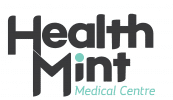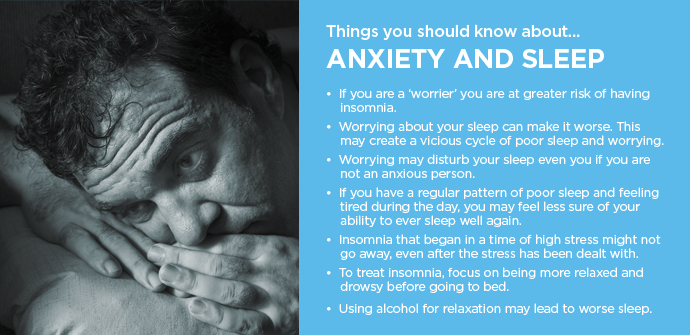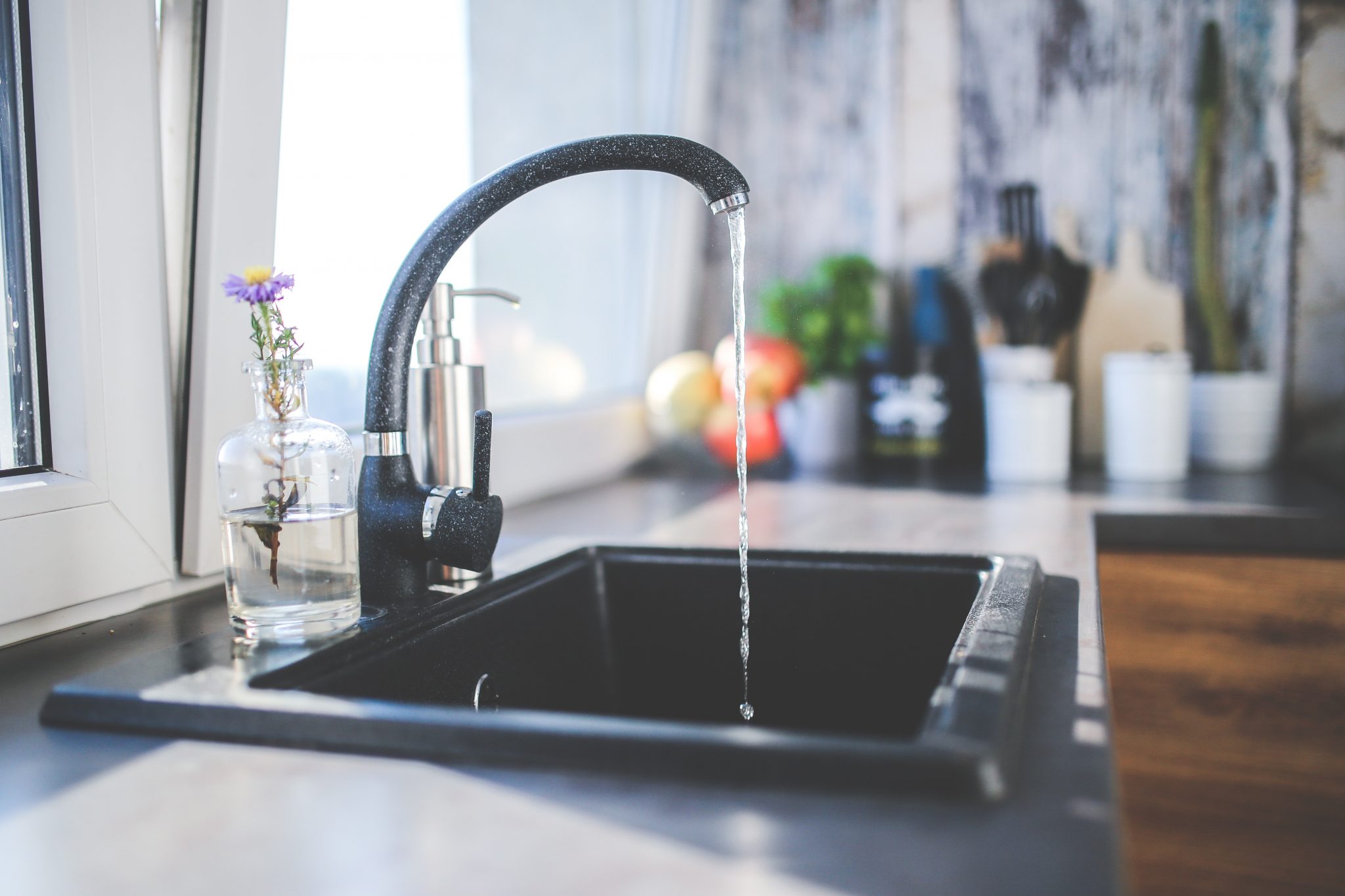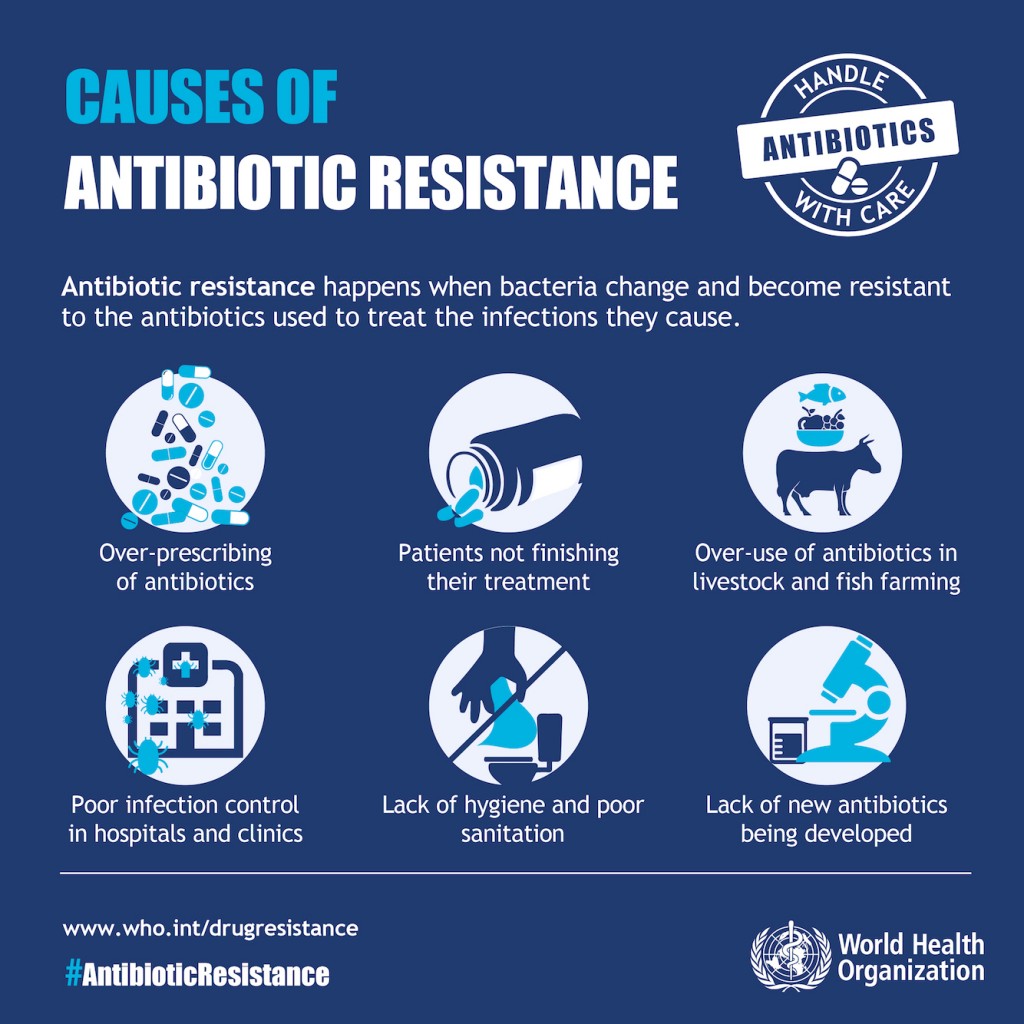
In 2017, more than 160,000 Australians will be treated for broken bones due to osteoporosis. Around 80% of patients with broken bones leave hospital without being checked for osteoporosis, so that number could be significantly higher. The 20th of October is a day set apart around the world for focusing on bone health. Osteoporosis is a condition that affects Australians from all walks of life, and you can start taking steps at almost any stage of life to decrease the risk of breaking or fracturing a bone as a result of this condition.
What is osteoporosis?
Osteoporosis refers to a condition where bones lose essential minerals (like calcium) quicker than the body can replace them. That leads to the bones becoming less thick and strong. The bones then become more porous and less dense, which weakens them – sometimes to the point where even a small bump or fall can lead to fractures. Over 1 million people in Australia, both men and women, have been diagnosed with osteoporosis.
Osteopenia is a related condition that occurs before osteoporosis. A diagnosis of osteopenia means that your bone density falls between the normal range and diagnosed osteoporosis, so you need to take action to increase the health of your bones to avoid developing osteoporosis.
How is osteoporosis diagnosed?
A simple scan can diagnose osteoporosis, called a “bone mineral density test”. The scan usually focuses on the hip and spine to see how much mineral loss may have occurred. The scan is a simple process – it requires that you lie flat on a padded table (while fully clothed), and a machine passes a scanning arm over your body. The scan does not usually take more than 10 – 15 minutes.
What risk factors can lead to osteoporosis?
Avoiding osteoporosis starts from a young age – calcium is extremely important for children and adolescents to build strong bones, and many are not getting enough. Some medications can affect bone health, and these side effects need to be discussed with your doctor. During menopause, rapidly declining levels of oestrogen make women more at risk of osteoporosis. Men’s hormone levels decline more slowly, so their increased risk often occurs later in life.
Some medications, health conditions and your family history can indicate an increased risk of osteoporosis. Being under- or overweight, low levels of physical activity, smoking, alcohol consumption, and poor nutrition can also lead to the condition.
How is osteoporosis treated?
It is very important that osteoporosis is diagnosed and treated as soon as possible. Resistance, muscle-strengthening, and weight-bearing exercises are the best for increasing bone health. Weight-bearing exercises include any activity where you support your own body weight, like jogging or dancing. In addition, you will need to eliminate negative lifestyle factors – that includes avoiding smoking and excessive drinking, and keeping your body weight in a healthy range.
Calcium is extremely important for building strong bones. If you cannot get enough calcium from your diet, a supplement might be prescribed. Vitamin D levels also need to be adequate for good bone health. Your body can make vitamin D with just a few minutes of direct sunlight, but supplements are available if you are struggling to keep your levels high enough. Protein is also important for building bones.
Your GP can help you assess your risk factors, and arrange for bone testing if necessary. Talk to your doctor about any medications or health conditions that might affect your bone health. Early diagnosis will give you the best possible chance of avoiding fractures and keeping your bones healthy and strong.
Click here to book an appointment with a GP to discuss bone health and screening –>











